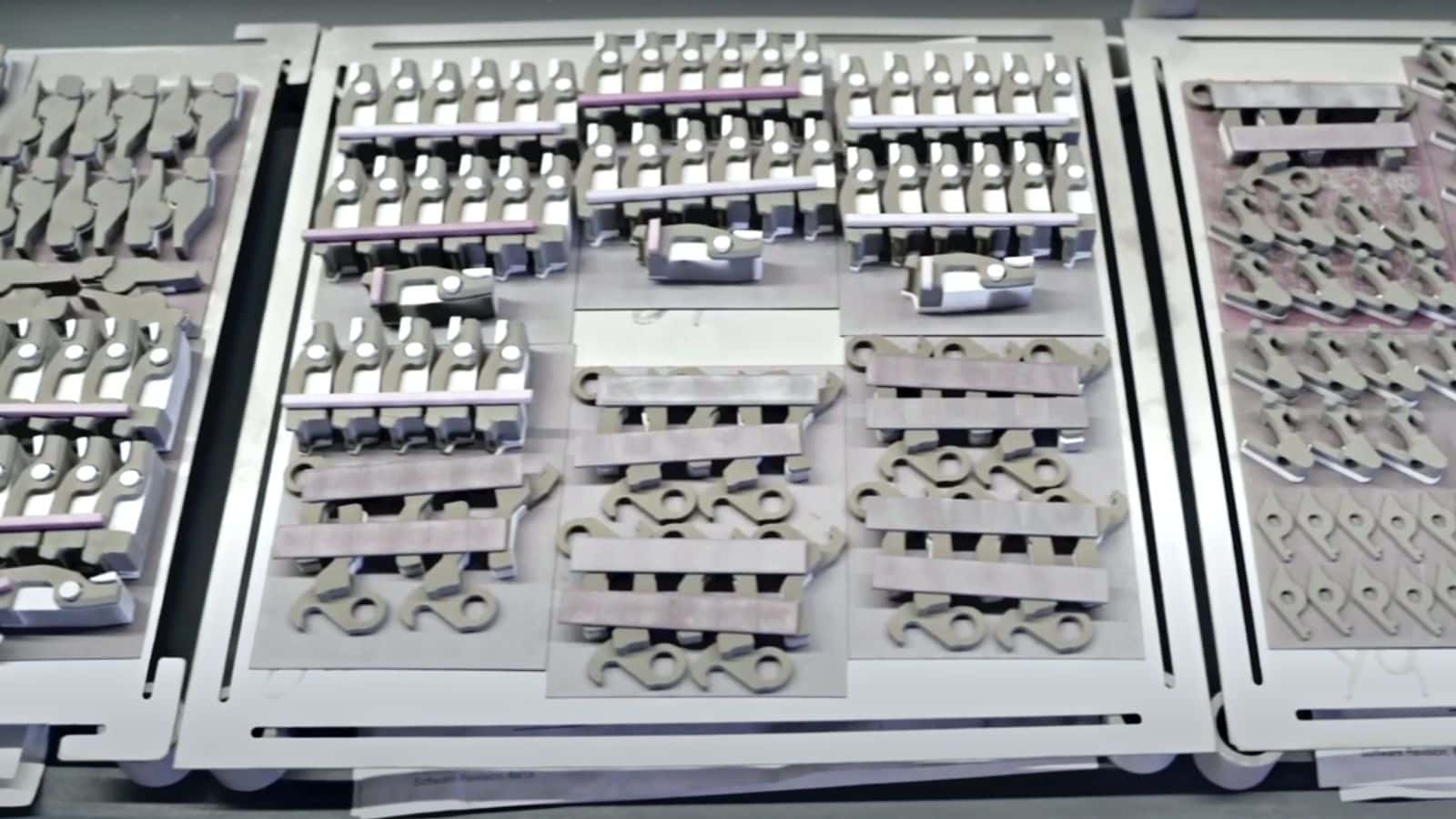A study released in the 1995 September/October issue of Gear Technology examined the advantages of powder metallurgy for new and existing gear applications. “The Beginner’s Guide to Powder Metal Gears,” written by George Shturtz at Carbon City Products, Inc., explored why PM deserved serious consideration for gear design in areas like automotive, hand tools, outdoor power equipment and office machinery applications.
It’s a fascinating read — particularly in 2019 — when you compare the role PM plays today in gear manufacturing versus its potential back in 1995. And while the Metal Powder Industries Federation (MPIF) has championed the technology—offering technical papers on powder metal since the mid 1940’s — additive manufacturing has given PM even greater visibility in recent years pushing its potential from prototyping into the production environment.
Matt Sand, president at 3DEO, said that metal additive manufacturing was always outshined by plastic 3-D-printing because the process of using powder metal is very complex. Some powder metals need to be handled in careful environmental conditions to prevent explosions and some processes require sintering in order to achieve final part density.
“Currently, metal additive manufacturing is used mainly for prototyping and one-off production of complex parts in industries such as aerospace and medical devices. However, companies like 3DEO are working hard to create new metal AM processes that are optimized for high-volume serial production,” he added.


